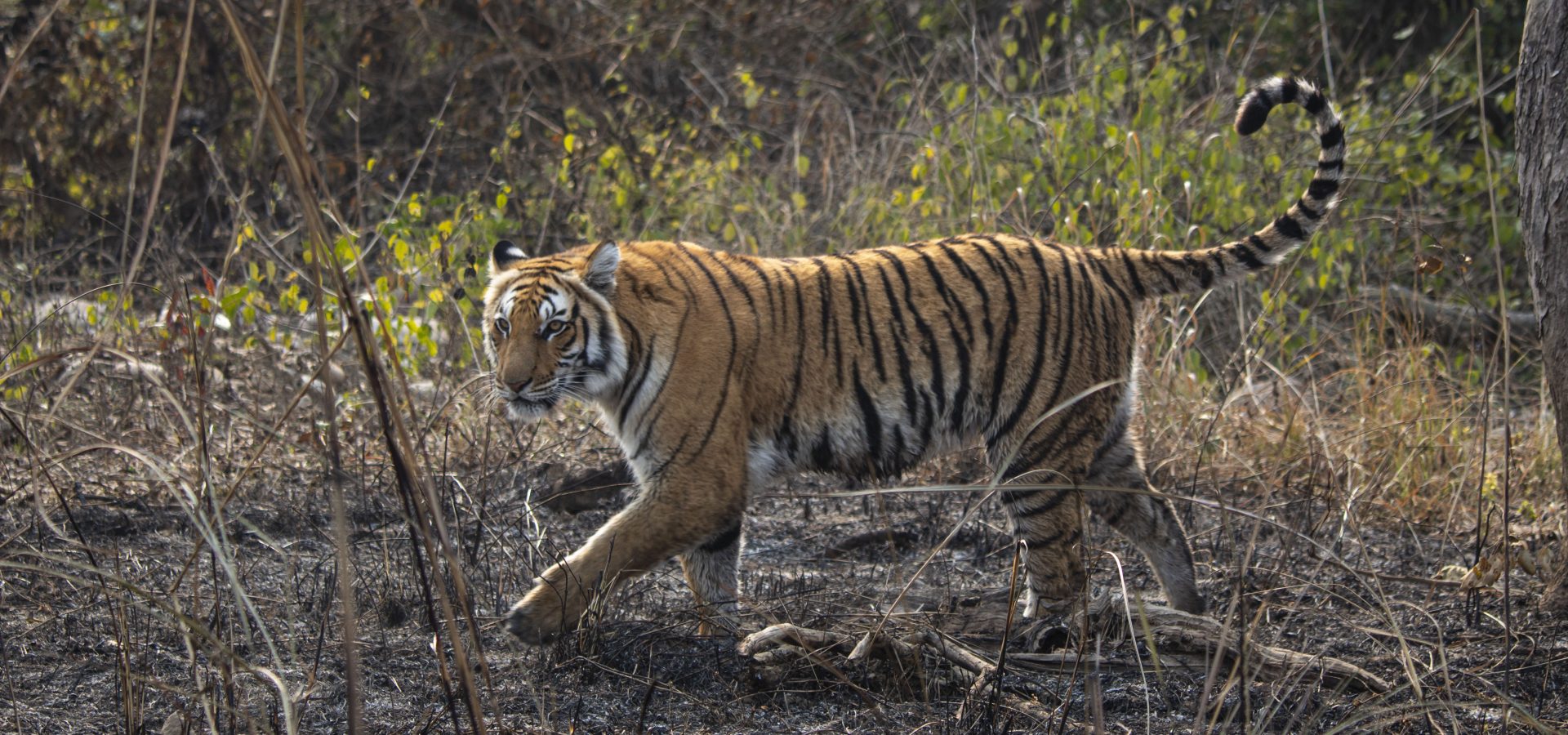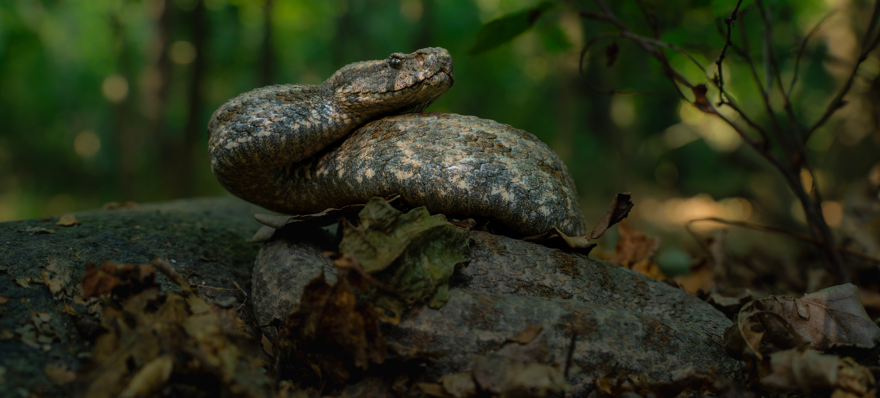The main goal for many wildlife enthusiasts visiting different national parks or sanctuaries is to spot a tiger. Many people from across the globe visit these reserves with the hope of getting a glimpse of this majestic big cat in its natural habitat. Some say that sighting a tiger depends on either the number of safaris you take, the number of times you visit a certain place or simply your luck.
While chances may favour this, tigers can also be sighted keeping certain things in mind.

On the occasion of International Tiger Day, here are the top five tips and tricks you can use to track a tiger in the wild!
1. Choose the Right Season
It is important to remember that wild animals in the forest prefer different seasons to roam in the open. It is most common to spot tigers during the hot and dry season since they emerge from their dense shelters often in search of water. In the peak summer months, tigers can be seen descending into the different waterholes and the riverbeds to drink water, or just simply sit in them.
Picking the right weather also depends on the protected area you are planning to visit, as temperatures vary in all tiger reserves located across the country. It is therefore essential to keep the ongoing season in mind before planning a safari!
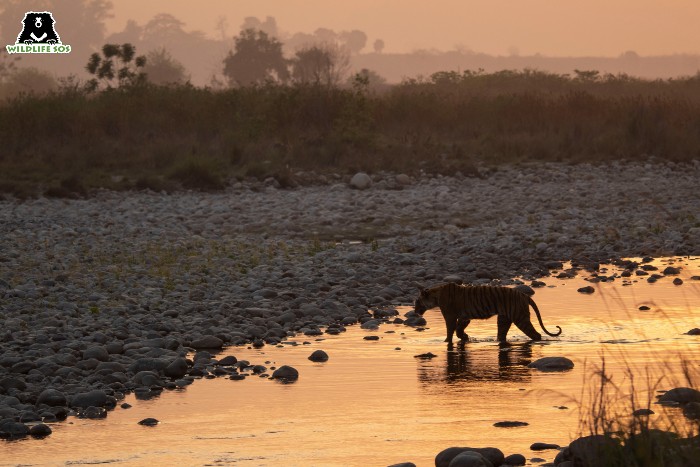
2. Silence is Key
The first and the most important step after entering a national park or reserve is to stay silent. The most acute sense a tiger has is its hearing as it plays a huge role in helping them hunt. Any sounds that do not seem natural to the tiger will keep it alert, and most times, wild cats keep themselves distant from commotion.
Male tigers are more shy as compared to females, and if they hear anything that is not a part of the jungle, they consciously remain hidden. Therefore, being silent is necessary to blend in with the jungle and its functions.
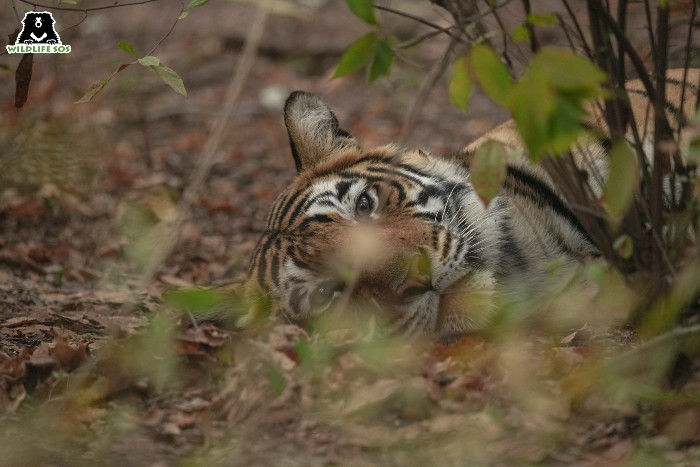
3. Look Out For Pugmarks!
Footprints, or in this case pugmarks, are often proof of the animal’s presence in the area. Being on the lookout for pugmarks while on your safari is important as pugmarks can give the information about a certain tiger’s movement.
Guides and safari drivers often look for pugmarks to know where and when a tiger has crossed that particular region. The way the pugmarks progress reveals the direction the tiger walked in. If the pugmarks are slight or have dusted away, and have some leaves or rocks fallen on them, they are not recent. The tiger may have taken this route either on the previous day or early the very same day.
Pugmarks are also used to recognise the sex of the tiger. Usually a bigger and wider pugmark represents that of a male tiger, whereas a more elongated and narrower pugmark represents a female tiger. The size can also help one identify whether the tiger is a cub, sub-adult, or an adult.

4. Sounds of the Jungle
Along with keeping your eyes open in the jungle, it is essential to also keep your ears open. Forests are full of different sounds – birds tweeting, monkeys play-fighting with each other, animal mothers calling their infants back to them – but out of all of these, it is important to note the alarm calls.
Alarm calls are different sounds made by animals like spotted deers, monkeys, langurs and sambar deers in the forest to warn the other animals when a predator is in that area. It is a high-pitched sound made by the animal to inform the rest when a tiger is present or out on a hunt. If you hear such a call, it can be confirmed that a tiger is in that area, and it is highly likely that you would be able to spot it too!
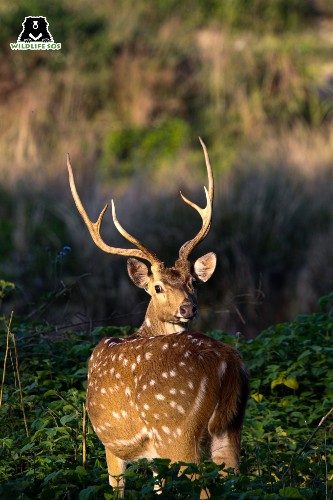
5. Scratches on Trees
The jungle is the animals’ home and a tiger is the king of the jungle. Therefore, it uses every part of the jungle such as trees, bushes, roads, waterholes and rivers for different purposes. To know if a tiger has occupied an area, you can look at the various trees in the area. Scratch marks on trees and logs are often signs that a tiger has marked that area as its territory.
They also act as visual boundaries for other felines in the jungle to recognise that area as a particular tiger’s territory. Scratching the trees also ensures that their nails stay sharp so that it is easier for the felines to use them when they hunt.
Another way of marking their territory is to spray their urine on the trees or through their scat. The smell of one tiger will keep another away so as to not cross into each other’s territories.

All five factors involve utmost dedication and patience by those wanting to see a tiger in its natural habitat. As the number of tourists exploring wildlife increases, it is also necessary to follow ethical practices to respect the environment and the jungle, as well as the animals inhabiting it. Before entering a national park, one should be aware of the guidelines and rules of the jungle and make sure that they are strictly followed.
For wildlife photographers, it is important to also make sure that while tracking the big cat, no unfair means are used to get a shot or to forcibly bring the tiger out in the open.
Entering the home of wild animals is a privilege for those of us who respect and wish to closely understand the natural world that exists with us. It is therefore our responsibility to leave the jungles just as they were when we enter it. Hence, wildlife tourism that includes tiger sightings can be done with sensitivity, without causing any harm to the feline or its habitat.
For more such interesting articles about the vast world of wildlife, subscribe to our newsletter.

